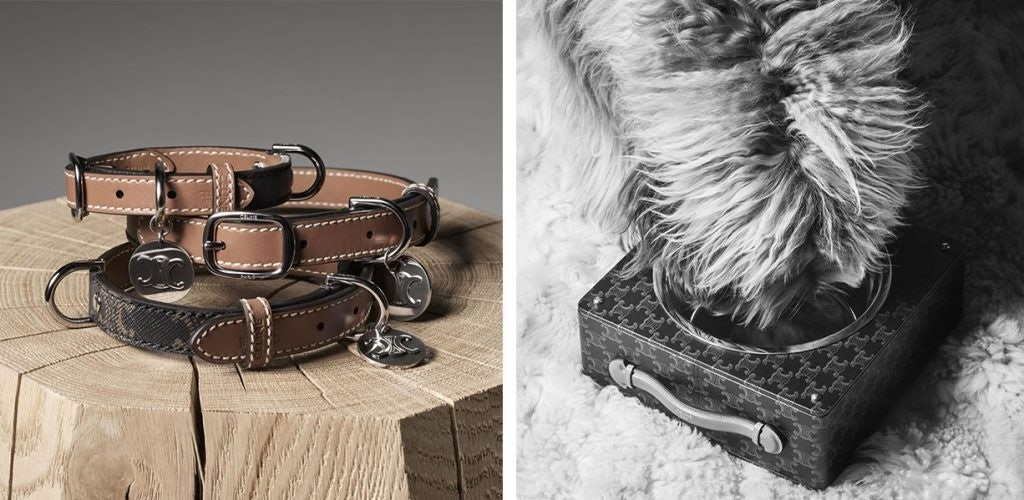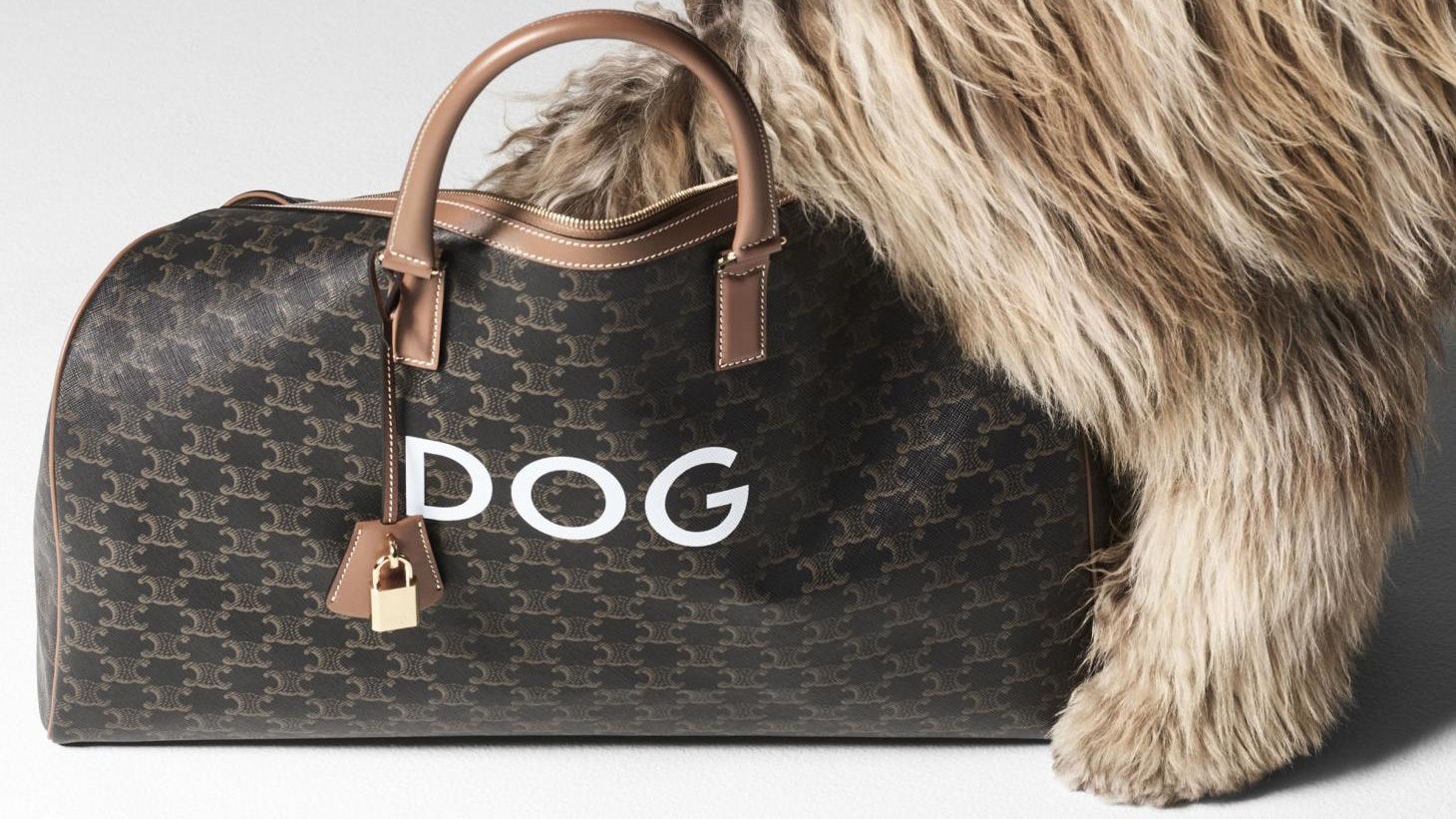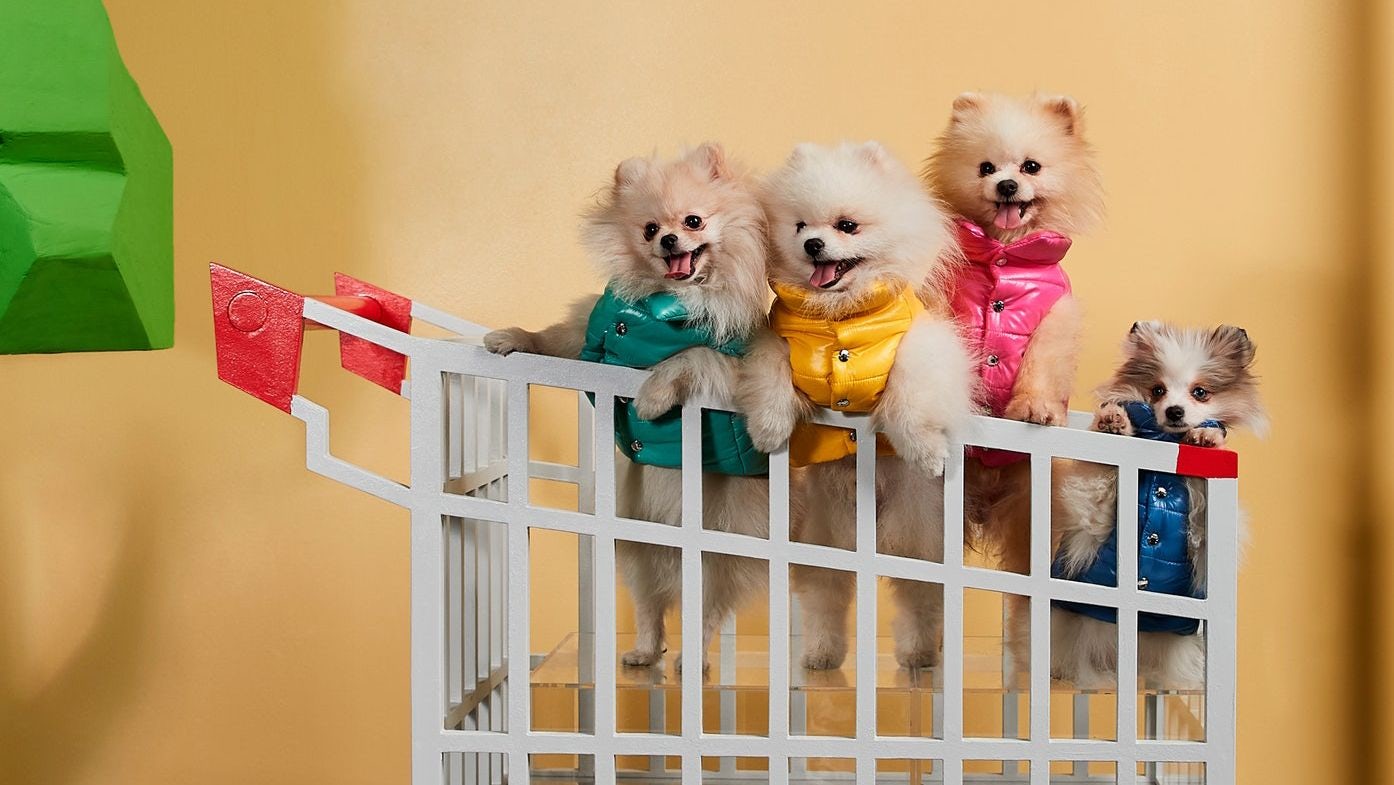What happened
On June 14, Tommy Hilfiger announced plans to collaborate with licensee partner Kanine to launch its first-ever pet collection due out in January 2023. Doused in the brand’s trademark red, white, and blue color palette, the new line will include a wide range of apparel, accessories, and home products for dogs.
From Hermès to Fendi, luxury houses have started offering luxurious collections for our four-legged friends. Just earlier this month, Celine recruited creative director Hedi Slimane’s labradoodle Elvis to front a campaign for its upcoming pet accessory series. By expanding product categories, these brands satisfy the growing appetite for pet products, especially in China. On Weibo, #howtoachievepetpamperingfreedom# has nearly 100 million views while the country’s pet market is estimated to be worth 66.8 billion by 2023.

The Jing Take
Several factors are fueling the growth of China’s “chongwu” economy (宠物经济). Firstly, rising income levels and improved living standards mean that more families can afford to have pets. A study by Suning Finance pointed out that when a country's per capita GDP reaches 3,000-8,000, the pet industry will develop rapidly.
Secondly, a lonely aging population is adopting pets to keep them company. As of 2020, China has more than 288 million people over the age of 60, accounting for 20.4 percent of the population.
Lastly, but most importantly, a growing “singlehood” trend has contributed to the enormous demand for pet pampering. This singles cohort, mainly composed of Gen Z who are luxury spenders themselves, are the ones high-end houses should bank on. The 2019-2020 China Youth Consumption Report shows that the proportion of shoppers aged 18-25 are expected to increase their consumption for pets by 5.89 percent, which is higher than the national average (3.73 percent).
With pets thought of as children, young pet parents are spending more than half of their monthly wages on their fur babies’ food, toys, accessories, and matching outfits. If luxury wants to reach these consumers, they should start with their clients who are pet owners. Word of mouth will be the key to capitalize on this multi-billion dollar market.
The Jing Take reports on a piece of the leading news and presents our editorial team’s analysis of the key implications for the luxury industry. In the recurring column, we analyze everything from product drops and mergers to heated debate sprouting on Chinese social media.


